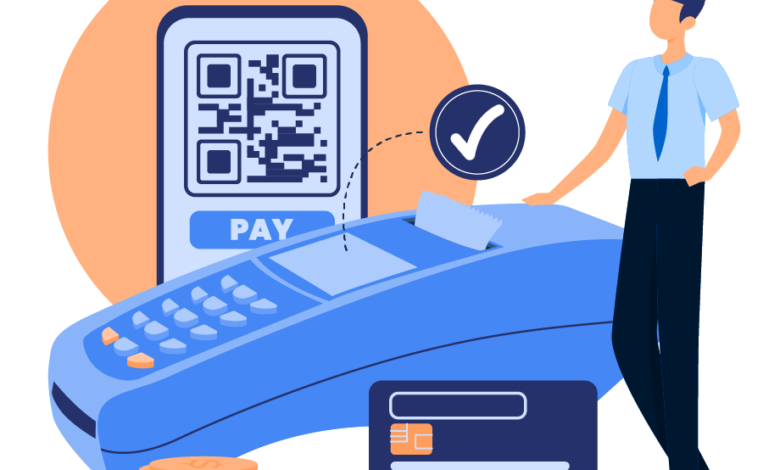How & Why To Test POS Terminal Software

Modern retail companies cannot do without point of sale systems. They perform many functions, directly affecting the business’s success and customer satisfaction. Only thorough testing can guarantee their smooth and correct operation. Why it is important and what types of it you should pay attention to, we will analyze in the article below.
What a POS is and What Its Main Functions Are
Point of sale or POS is a hardware and software complex needed to carry out sales transactions. It is used in online and offline retail, restaurant business, healthcare, various industries, and banking. Its key functions include the following:
- Calculating the total purchase amount.
- Determining and adding taxes.
- Calculating discounts.
- Creating reports on balances and sales.
- Processing payments.
- Storing payment information of customers.
Given how many operations POS systems perform, they must be reliably protected from hacker attacks and work correctly and smoothly. You can achieve high-quality indicators with testing. You can manage it yourself or involve a third-party company. You can learn more about one of the industry leaders at Testfort.com.
Reasons for Thorough POS Software Testing
Any error or delay in processing a POS terminal request can negatively impact user satisfaction and business reputation. You should pay enough attention to testing your POS software to ensure:
- Transaction accuracy. The amount that the buyer has to pay must be accurate regardless of variable circumstances such as taxes, discounts, etc.
- Data confidentiality. Users’ payment information must be securely protected from disclosure to avoid fraud with their bank accounts.
- Inventory management accuracy. Incorrect inventory accounting can cause additional costs and losses for the business.
- Software ease of use. Customers do not have to face any problems when using POS systems, no matter what their user experience or age is.
There are many reasons why POS software can fail. These could include hardware failure or a weak network. Your goal is to reduce the likelihood that your system will fail by conducting timely and comprehensive POS testing.

Types of Testing to Include
You need to recreate as many test cases as possible to test each area of the POS terminal’s operation. Here is a list of the leading testing types you should conduct to ensure that the software will work according to business requirements and user expectations:
- Functional. You should test each program function, including request processing, barcode scanning accuracy, and receipt printing.
- Performance. The load on the software can vary, but the request processing speed and terminal response time should remain the same.
- Security. You should ensure that the software meets generally accepted standards and is resistant to attacks.
- Ease of navigation and use. POS terminals should have a simple and intuitive interface that is easy to understand.
- Compatibility. The POS software should be compatible with various devices, including scanners, printers, and gateways. It should not fail regardless of which device is connected to it.
The biggest challenges in POS system testing are using different hardware and software environments, high-security requirements, and the need for integration with different systems and backups.
The Best Practices to Follow
In addition to using all the common testing methods mentioned above, you may also need some popular tricks to improve your testing efficiency. Here are several tips that you can take into account:
Create a Clear Testing Plan
Before you start testing your POS software, develop a procedure to follow, define KPIs, and a test environment. A clear plan will help you not to miss anything and test every software feature and area.
Involve Various Test Data
You should use variable test data as close to real as possible. This minimises the risk of errors when using the software by real users.
Conduct End-to-End Testing
In other words, examine every possible function of the POS terminal, no matter how often it will be used. In addition, perform all operations sequentially, from scanning the product to receiving the receipt, to make sure that the process is not delayed and is performed correctly.
Involve Real Users
To test the usability of the platform, work with real customers so that they can evaluate how clear the interface or navigation of the system is.
Implement Automated Tests
They will speed up the stage and help conduct regression testing. Changes that will be made will be tested automatically and will save a lot of time and resources.
Every POS system must be tested before being used in a real environment. Testing its functions and response time will help get better consumer ratings and increase business profits. POS testing will ensure the system’s high reliability, safety, and efficiency.




